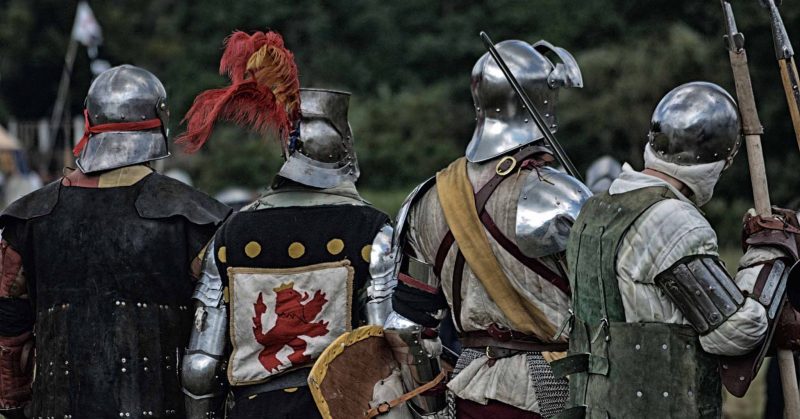Medieval England was a warlike place – so much so that the cliché of an Englishmen abroad was that of a violent thug. Though their neighbours often bore the brunt of English aggression, it was the country’s internal wars that really defined it.
The Anarchy (1135-1154)
When King Henry I died in 1135 the succession was unclear, as his two legitimate sons had died 15 years before. Stephen of Blois, a favoured nephew, seized the throne, but was immediately faced with rebellion in his French lands. This was followed by an invasion by Henry’s widow, the Empress Matilda, leading to a long and bitter civil war.
This war, which lasted until 1153, would later become known as The Anarchy. The struggle raged back and forth, with neither side able to achieve clear dominance. Law and order fell apart, as did reliable currency. Subjects no longer received the things expected of a medieval state – a system of justice and coins with which to trade. Large parts of the country were devastated by war or left lawless.
The outcome of the war was the Treaty of Winchester, which made Matilda’s son Henry the heir to the throne. On Stephen’s death a year later, Henry became King Henry II, establishing the Angevin dynasty, which would shape England through the next three hundred years.
The Great Revolt (1173-1174)
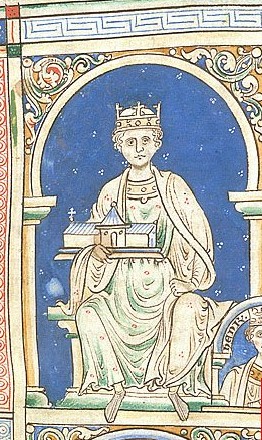
Henry II in turn faced a rebellion in 1173-1174. This was no attempt to seize the throne, but instead an attempt by his sons to assert their authority within his kingdom, which stretched from the Scottish borders to the south of France.
Henry had four legitimate sons – young Henry, Richard, Geoffrey and John. All held some political power, and all except John rebelled in 1173 with the aim of increasing this power. Many nobles rallied to their cause, hoping to increase their own influence.
The revolt was not a success, and it was brutally suppressed by Henry. The leaders were spared, as was customary, and his sons were forgiven. This set a precedent for future revolts. The nobles saw that they could influence kings by throwing their weight around, at little risk compared with the rewards. It was not long before they did this again.
The First Barons’ War
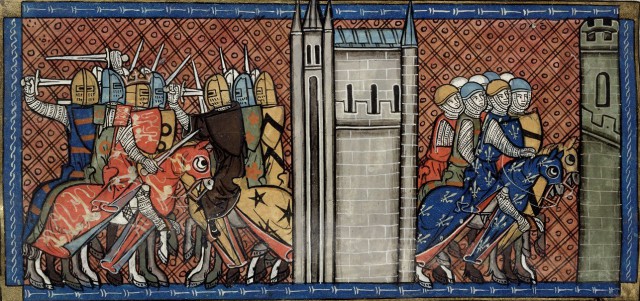
By 1215 Henry’s fourth son, John, was on the throne, and he was not a popular king. Less decisive than his brother Richard had been, he was also saddled with debts from Richard’s crusades. Despotic yet often ineffective, John lost lands in France. He aggravated the powerful barons so much that they forced him to sign Magna Carta, a charter limited his powers over them.
Unable to avoid signing the charter, but unwilling to abide by its restrictions, John gathered his troops and war began. The barons invited Prince Louis, son and heir of the King of France, to join their side. With a French invasion force in play, John’s death from dysentery in late 1216 did not bring the war to an end.
John’s son became king as Henry III, with William Marshal leading the royalist forces due to the King’s youth. By September 1217 most of the rebels had been crushed or defected, and Louis gave up on his invasion.
Magna Carta, the document that started the war, would be its most enduring legacy. Reissued as the young Henry sought to keep the peace, it would evolve down the centuries from a failed peace plan into a cornerstone of the English constitution, providing important legal freedoms.
The Second Barons’ War (1264-1267)
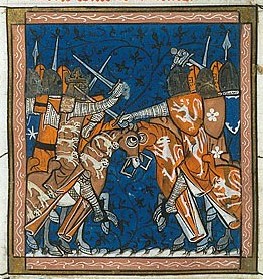
By the late 1250s, the peace achieved by William Marshal was falling apart. Henry III’s treasury was running dry, and he was making political decisions many barons did not like. Under the leadership of Simon de Montfort, the Earl of Leicester, the barons forced the King to agree to the Provisions of Oxford, under which he would be guided by a council of barons and hold regular parliaments.
Led by Henry’s son Edward, royalist forces gathered in 1263 and war broke out. The rebels won at the Battle of Lewes in 1264, but were defeated at Evesham the following year. De Montfort died in battle, and Henry’s men easily beat down the remnants of rebellion, leading to peace two years later.
De Montfort’s rebellion did little to limit the power of the king, and when he came to the throne Edward would be one of the most autocratic English monarchs. But the barons’ demands set a precedent for regular parliaments which would shape future politics, evolving into the modern British Parliament.
The Despenser War (1321-1322)
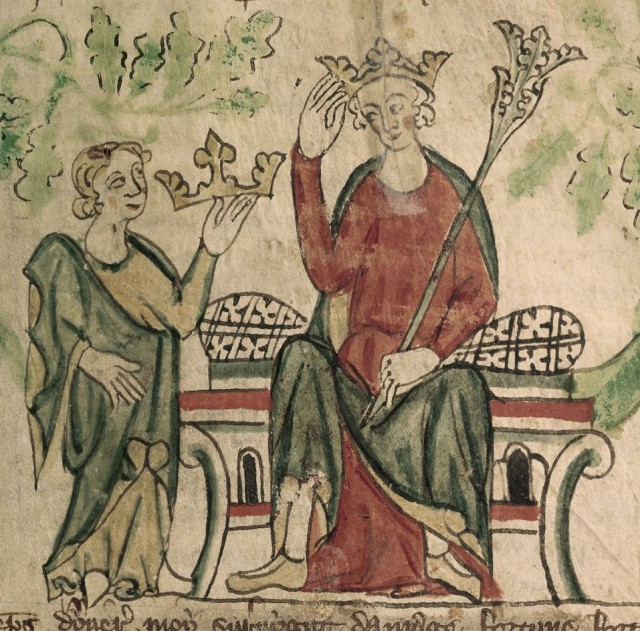
Two generations later Edward II was on the throne, and as weak as his father had been strong. Following in John’s footsteps, he was ineffective yet demanding, and extremely vulnerable to the influence of favourites.
By 1321 the favourites of the day were the Despenser family. Thomas Earl of Lancaster, the most powerful landowner in the country, led a group of barons in a revolt intended to destroy the Despensers and take control of Edward.
Lancaster might have succeeded had he not been just as unpleasant and unpopular as Edward. Lacking the support he needed, and outmanoeuvred by royal troops, he was defeated at the Battle of Boroughbridge in March 1322. He and many of his allies were executed. The level of brutality with which rebel nobles were treated had previously been reserved for the Scots and Welsh, who were seen as barbarian outsiders. From now on, the consequences of rebellion would be terrible.
Wars of the Roses (1455-1487)
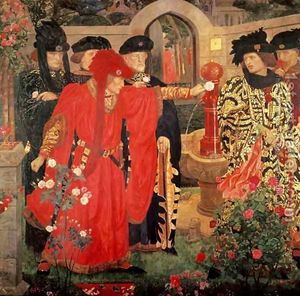
The Wars of the Roses were a series of conflicts between the rival royal houses of Lancaster and York. Much blood was spilt, and several kings dethroned, as decades of violence tore apart the English nobility.
The Battle of Bosworth Field in August 1485 effectively ended the wars, putting the Lancastrian Henry VII on the throne. He married a Yorkist, combining the two houses in the Tudor dynasty, a line which would produce several great English monarchs over the following century.
The Wars of the Roses created such fear of civil war that the nobles became willing to accept a more autocratic form of government. The war that had torn England apart allowed it to become more united and centralised than ever before under the Tudors.
